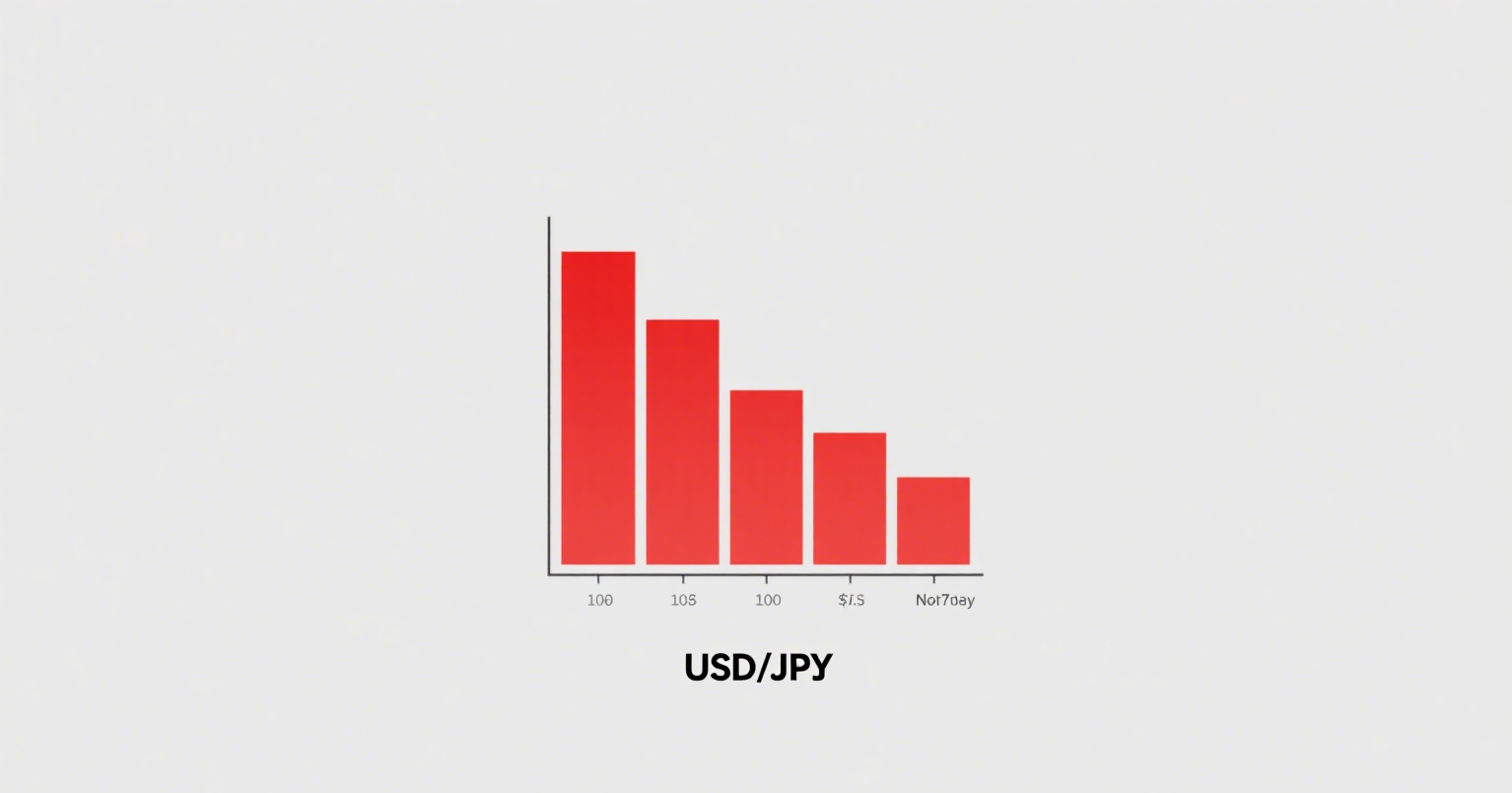
Why and How to Find Low-Priced Stocks That Will Become Market Leaders
For investors, buying more shares at a lower cost and selling them after a price surge maximizes profits. Thus, identifying promising low-priced stocks is crucial. Below, we explore why such stocks are worth selecting, their potential, and how to spot future leaders among them.
Historical data shows that stocks trading below $10 per share in 1932 delivered massive gains during the 1932–1935 bull market. If you had $1,000, $2,000, $5,000, or even $20,000 to invest in 1932 or 1933, splitting the capital into three parts was optimal:
-
One-third for stocks priced between $6 and $10;
-
One-third for stocks priced between $3 and $6;
-
The final third for stocks below $3.
This diversified approach yielded significant returns. With larger capital, buying 10 or more stocks at $1 or lower per share could outperform other investments. Even if 25% of these bets failed, overall profits remained high.
Historical Examples:
-
Evans Products: Peaked at $0.50 per share in 1932, soared to $40 by 1935.
-
Houdaille Hershey B Shares: Reached $1 in 1932, surged to $31 in 1935.
-
Spiegel May Stern: Hit $0.625 in 1932, rocketed to $84 in 1935.
Today, some low-priced stocks may emerge as leaders post-downturn. However, many are held by asset managers or stagnate due to low liquidity. Investors should study monthly/yearly charts of these stocks (which requires minimal time) and monitor them closely. When a stock breaks out above multi-year resistance with rising volume, it’s time to buy—and hold as long as the uptrend persists.
















